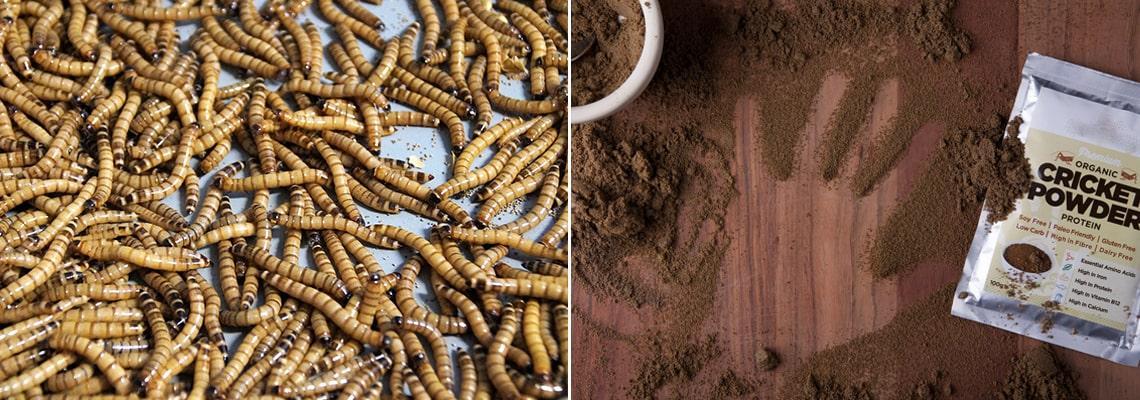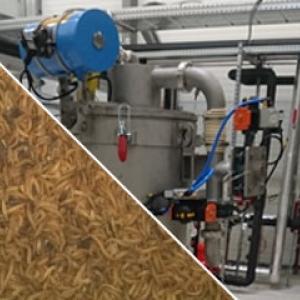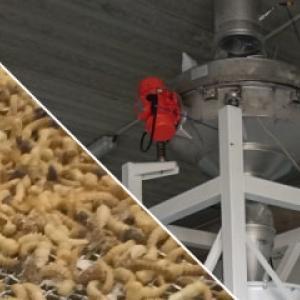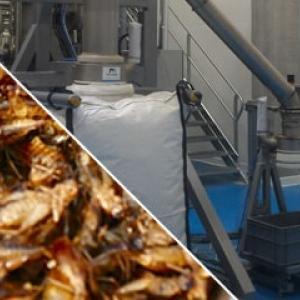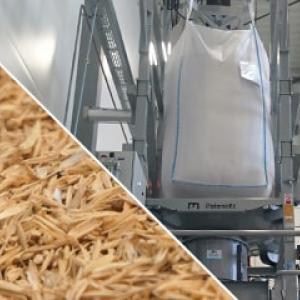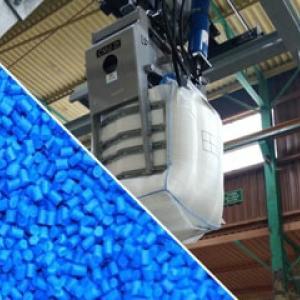
Case studies - Insect breeding
The breeding of insects which corresponds to entomoculture, concerns more manufacturers in France and internationally. The development of the edible insect market responds to the need to find an alternative to meat. While the consumption of insects is still not widespread for human consumption (entomophagia) in Europe, this is not the case for animal nutrition which has already experienced strong growth in recent years. It is following the evolution of European regulations that the insect protein environment is expanding. Insect meal thus comes as a substitute for fish meal, soybean meal and other cereals which are scarce and expensive.
The breeding of agricultural insects has several benefits: nutritional, economic and environmental.
Insect meal produced from farmed larvae (beetles, termites, ants, caterpillars, locusts, etc.) constitute an important source of protein for animals: fish, poultry, livestock, pets (dogs/cats) and New NAC Pets (rodents, birds, reptiles, etc.). For example, black soldier flies contain 42% protein and 35% fat alone. According to the Food and Agriculture Organization of the United Nations (FAO), insect products are a "healthy and highly nutritious food source." For insect breeders, entomoculture also represents a low environmental cost.
Molitor beetles, mealworm larvae (tenebrio molitor), black soldier flies, house fly maggots and silkworms are all edible insects that can participate in animal nutrition.
Nos applications chez nos clients
Insect mixing and sorting line
Food and Animal Feed
Edible insect sorting line
Food and Animal Feed
Insect meal production workshop
Food and Animal Feed
Process for insect nutrition
Food and Animal Feed
Automatic bulk bag unloading system for PET flakes and pellets
Insect breeding
Separation and crushing processes are common in this type of industry. The separation operation is generally done mechanically via pressing and then by centrifugation. The crushing process can produce a fine powder rich in protein.
After the crushing and separation process comes packaging where the insect powder will be dosed into bags or bulk bags suitable for transport and storage.
Control of the various stages of production process is guaranteed and ensures compliance with standards in food safety, in accordance with European regulations.













